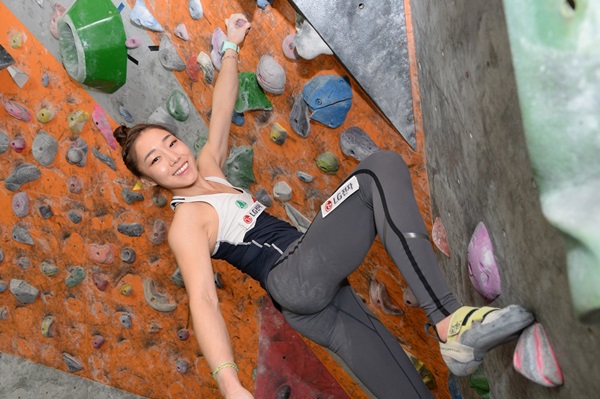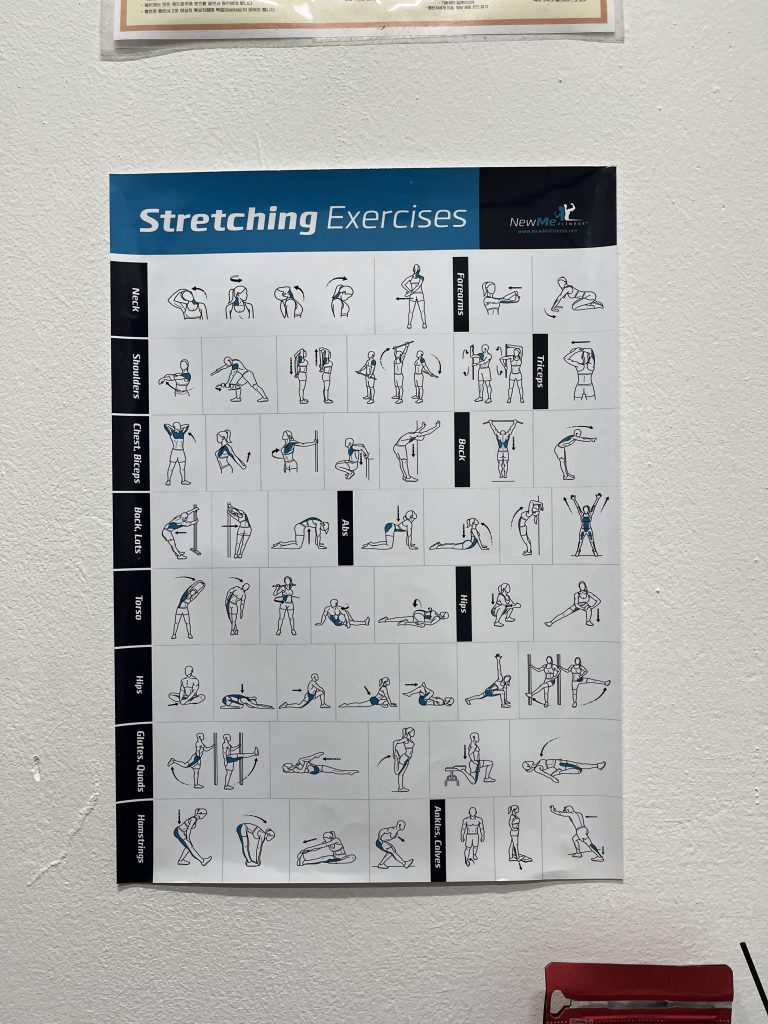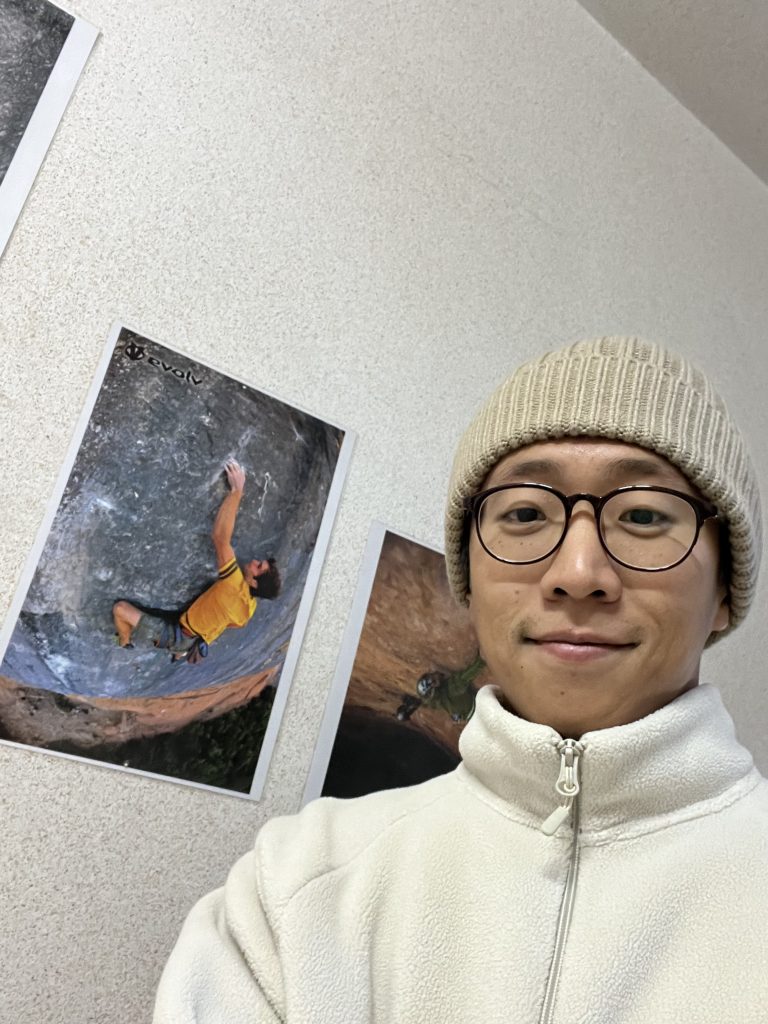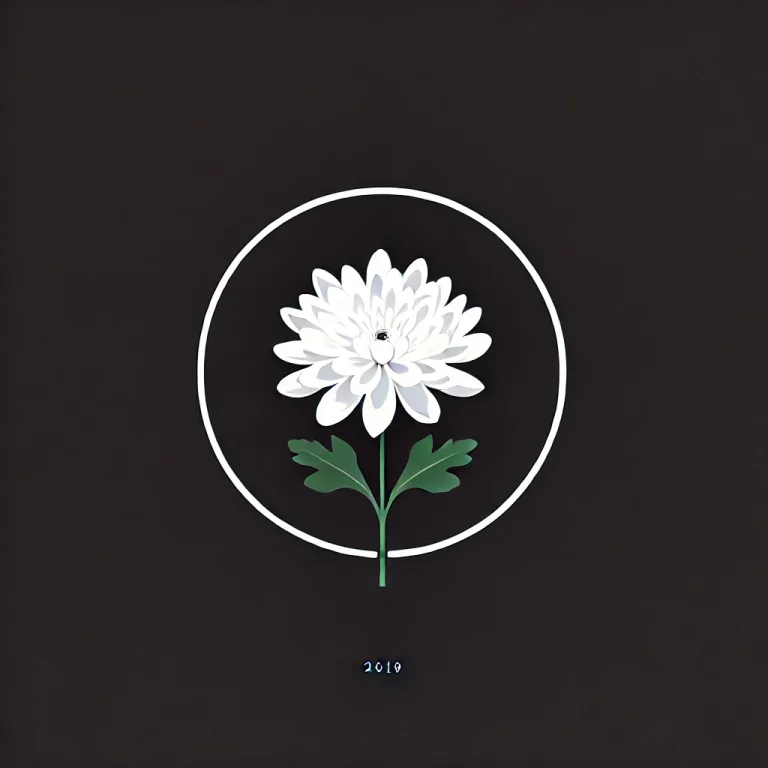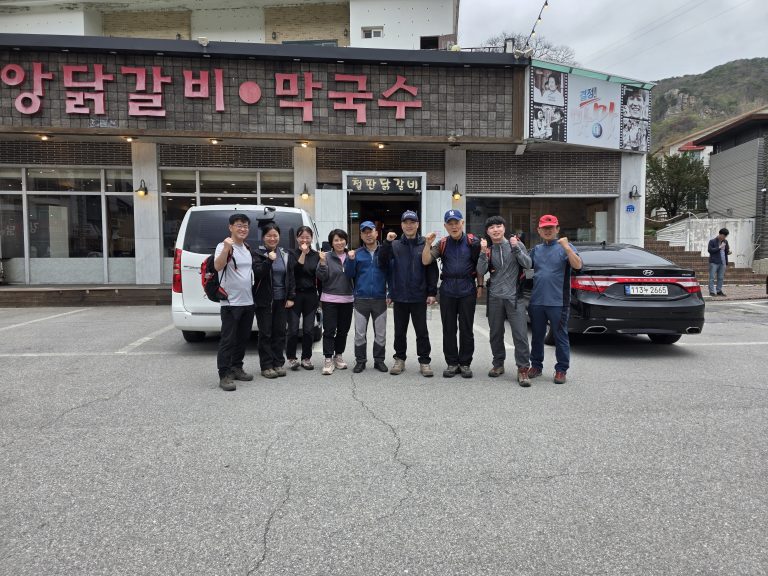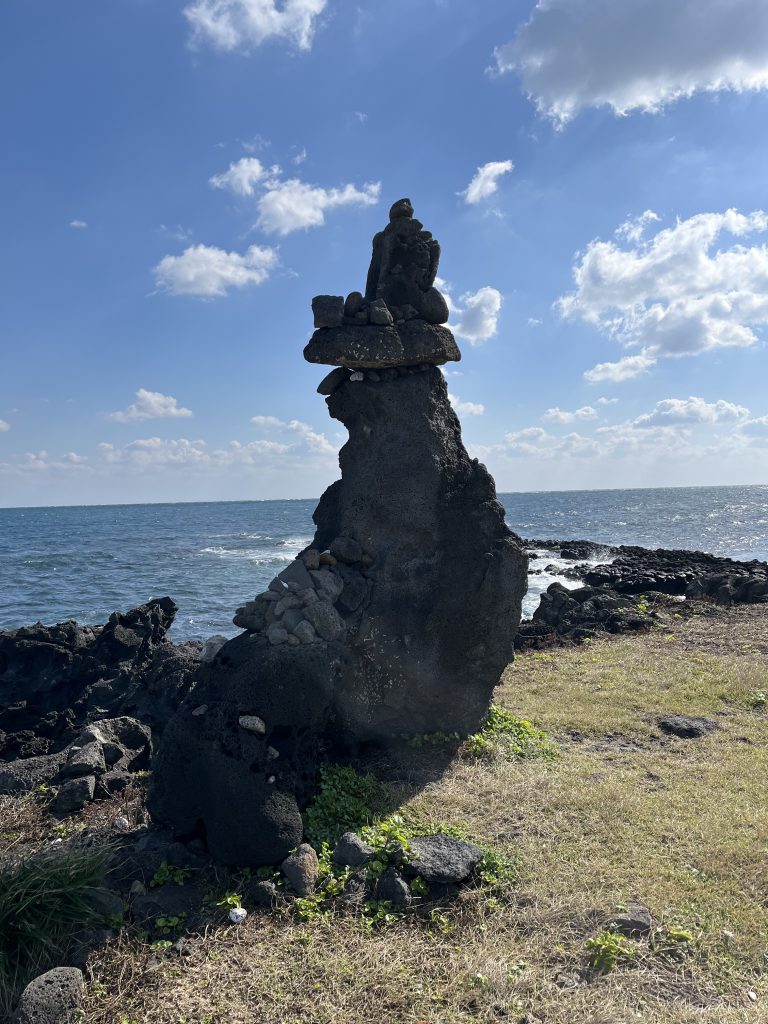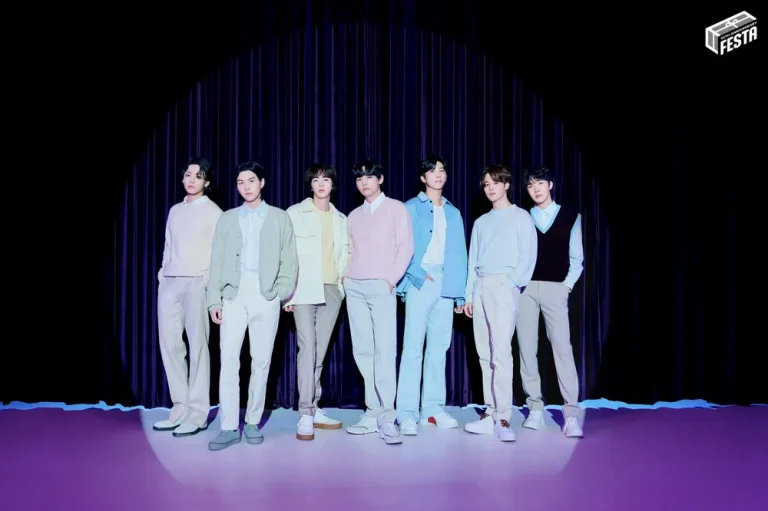탄생과 역사
클라이밍은 19세기 후반 유럽에서 등산 활동의 연장선으로 시작되었습니다. 알프스 산맥의 도전적인 경로를 탐험하며 발전한 이 스포츠는 기술과 장비의 발전으로 독립적인 형태를 갖추게 되었습니다. 1980년대에는 실내 클라이밍 체육관이 등장하여 날씨와 계절의 제약을 극복할 수 있게 되었고, 현대적인 스포츠로 자리 잡았습니다.
Origin and History
Climbing began in the late 19th century as an extension of mountaineering in Europe, particularly in the Alps. Over time, it developed into an independent sport with the help of improved equipment and techniques. The 1980s marked a turning point with the rise of indoor climbing gyms, offering climbers a controlled environment free from weather and seasonal restrictions, setting the stage for modern competitive climbing.
2. 스포츠 유형
클라이밍은 네 가지 주요 유형으로 나뉩니다. 볼더링은 짧고 강렬한 루트를 오르는 방식이며, 스포츠 클라이밍은 로프와 하네스를 사용해 다양한 난이도를 도전합니다. 리드 클라이밍은 긴 경로를 완주하는 데 초점을 맞추며, 스피드 클라이밍은 시간을 경쟁합니다. 이들 모두 2020년 도쿄 올림픽에 포함되면서 글로벌한 인기를 얻고 있습니다.
Types of Climbing
Climbing is categorized into four main disciplines: bouldering, sport climbing, lead climbing, and speed climbing. Bouldering focuses on short but intense routes. Sport climbing involves ropes and harnesses for navigating diverse challenges. Lead climbing emphasizes endurance on long routes, while speed climbing is a race to the top. These disciplines gained global recognition when climbing debuted at the 2020 Tokyo Olympics.
강국과 경쟁력
일본은 체계적인 훈련 시스템과 기술력으로 볼더링 강국으로 자리 잡았습니다. 슬로베니아는 세계적인 선수 야냐 가른브레트를 배출하며 유럽의 중심지로 부상했습니다. 미국은 풍부한 자연환경과 클라이밍 문화를 바탕으로 지속적인 강세를 보이며, 한국은 김자인과 서채현 같은 스타 선수들을 통해 아시아를 대표하는 클라이밍 강국으로 주목받고 있습니다. 최근 중국과 러시아도 강국 반열에 오르고 있습니다.
Top Nations and Competitiveness
Japan stands out in bouldering, thanks to its structured training programs and advanced techniques. Slovenia has become a powerhouse, producing champions like Janja Garnbret. The United States benefits from its vast natural climbing locations and a strong climbing culture. South Korea has made a name for itself with stars such as Jain Kim and Seo Chae-hyun. Meanwhile, China and Russia are rapidly emerging as formidable contenders in the climbing world.
장비와 기술
클라이밍 초기에는 단순한 밧줄과 하네스를 사용했지만, 현대에는 맞춤형 클라이밍 슈즈, 초크, 인공 홀드 등 첨단 장비가 도입되었습니다. 동시에 운동역학과 생리학을 기반으로 한 훈련법과 창의적인 루트 세팅 기술이 발전하며 클라이머들의 역량을 극대화하고 있습니다.
Equipment and Techniques
Early climbers relied on basic ropes and harnesses, but modern innovations have introduced specialized climbing shoes, chalk, and artificial holds. Advances in biomechanics and physiology-based training, combined with creative route-setting techniques, have propelled climbers to new heights of performance.
문화와 철학
클라이밍은 단순한 경쟁을 넘어 자신과의 싸움, 자연과의 조화를 추구합니다. 실내 클라이밍 센터는 초보자와 전문가가 함께 어우러질 수 있는 커뮤니티를 형성하며, 자연암벽 등반은 환경 보호를 중요한 가치로 삼습니다. 이러한 철학은 클라이밍을 스포츠 이상의 특별한 활동으로 만들어 주고 있습니다.
Culture and Philosophy
Climbing is more than a sport; it’s a journey of self-discovery and a connection with nature. Indoor climbing gyms foster a sense of community among climbers of all skill levels, while outdoor climbing emphasizes environmental stewardship. This unique blend of competition, camaraderie, and conservation makes climbing a meaningful and enriching activity.
overview
Climbing combines physical challenge, mental focus, and a connection to nature. Evolving from 19th-century mountaineering to an Olympic sport, it spans diverse forms like bouldering and speed climbing. Led by nations like Japan and Slovenia, it thrives on advanced training and equipment while fostering growth, community, and environmental stewardship, inspiring climbers globally.

